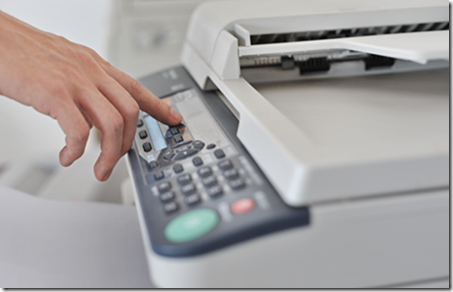Printing Technologies
The four basic elements of any printing technology are: addressing, marking substance and its storage and delivery, transfer of the marking substance, and fixing. Addressing refers to the communication of electronic data to the marking unit, typically via electronic or optical means. The marking substance contains the
colorant, vehicle/carrier material for transport, binders to secure the colorants to the paper, stabilizing agents to resist fading, and technology specific additives such as biocides for liquid inks. The transfer process is the fundamental physical mechanism whereby a specific amount of the marking substance is removed from the bulk and transferred to the paper. Fixing embodies the processes of adhesion, drying, or solidification of the material onto the paper to form a durable image. These fundamental subsystems interact with each other to give each printing technology its own unique characteristics. The common classification of printing technologies today begins with the broad separation into two classes: Impact and nonimpact printing technologies. Impact methods achieve transfer via the direct mechanical application of force or pressure via a marking element, which can be either a fine wire or fully formed character onto a colorant carrying ribbon in contact with the paper; the simplest form of this is a typewriter. Nonimpact methods cover a wide range of technologies that achieve transfer through a variety of means that may be either contact or noncontact in nature.
